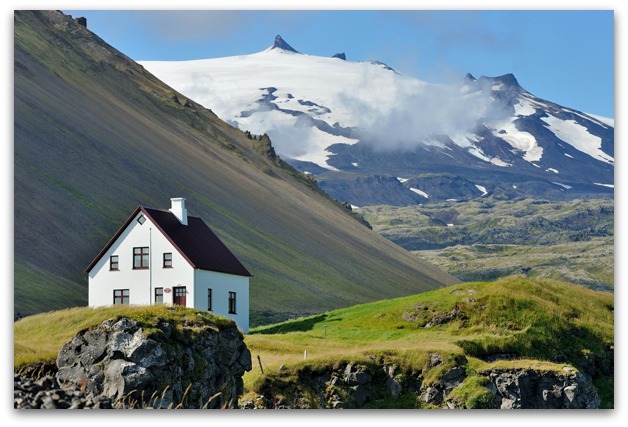Uncle John knows pretty much everything—and if he doesn’t, he heads his massive research library, or puts one of his many associates on the case. So go ahead: In the comments below, ask Uncle John anything. (And if we answer your question sometime, we’ll send you a free book!) This week’s question comes from reader Lisa A., who asks…
Why is Iceland called that if it’s green, and Greenland is called that if it’s covered in ice?

They weren’t named in tandem, but their histories and country name origins are intertwined. Íslendingasögur, the ancient sagas of Iceland, report that Norse explorer Erik the Red was sentenced to a three-year banishment from Iceland in approximately the year 982, his fairly light sentence for reportedly murdering a few people. That’s when he took his family and serfs and set sail for the supposedly unoccupied, ice-and-snow-covered landmass just northwest of Iceland. He named it Groenland, a Norse word which translates to…Greenland. His intent was to give it a misleading name, so as to attract settlers and make his banishment there a little more interesting.
But Greenland wasn’t uninhabited. The western part of the island is home to indigenous Inuit groups, chief among them the Kalaalit. Greenland’s present-day name for itself in the Greenlandic language, also known as Kalaallisut is “Kalaallit Nunaat,” which means “land of the Kalaallit.”
As for Iceland, it is indeed a cold country—the average winter temperature sits at freezing level—it’s name doesn’t have anything to do with that. It’s a simple corruption by way of translation. “Iceland” is the Icelandic word for “island.”







